|
|
Post by kemp on Sept 21, 2019 11:22:35 GMT -5
|
|
Deleted
Deleted Member
Posts: 0
|
Post by Deleted on Nov 11, 2019 18:28:54 GMT -5
Here's the trailer for the first episode of Kuruluş Osman. This series is based on the adventures of Osman the founder of the Ottoman Empire.
Kuruluş Osman trailer: Episode 1
|
|
Deleted
Deleted Member
Posts: 0
|
Post by Deleted on Nov 16, 2019 0:46:18 GMT -5
This Russian tv series is now available on Amazon Prime:
The Golden Horde Official Trailer
Description:
The story begins at the end of the thirteenth century. Ancient Russia is under Tatar-Mongol rule. Grand Prince Yaroslav dreams of uniting the scattered Russian principalities and ridding the country of the hated Tataro-Mongols, but his own brother, the disgraced Prince Boris, and his eldest son Vladimir stand in the way. It is the epoch of the reign of Berke Khan, the grandson of Genghis Khan, and the time of the golden age of the Golden Horde.
Yaroslav, the grand prince of Kievan Russia, dreams of unifying several principalities, but his blood brother Boris and eldest son Vladimir turn against him. Mengu-Temir, the Khan’s envoy, is about to bring some forty thousand Russians to the Horde. But all these political maneuvers are nothing more than ornamentation for smartly and brilliantly designed love stories: the Khan’s envoy has an eye for Boris’s wife, Ustinia; the appearance of Nargeez, a young charmer, has nearly broken the marriage of Yaroslav and Radmila; and the relationship between old Berke and 16-year-old Aizhan is suddenly threatened by a spoiled, the icon-painter Nikolka.
The Russian-language series, subtitled in English, stars Sabina Akhmedova, Aleksandr Ustyugov, Svetlana Kolpakova, and Yuliya Peresild, and was produced by the Moscow-based film studio Mars Media, founded in 2011 by the prolific and highly-regarded producer Ruben Dishdishyan.The deal was brokered by Global Agency, the Istanbul-based television content distributor.
|
|
Deleted
Deleted Member
Posts: 0
|
Post by Deleted on Dec 1, 2019 2:37:05 GMT -5
Some great photos at this site (not just of Mongolia, well worth checking out for a bit of inspiration): danielkordan.com/portfolio-item/mongolia-2019/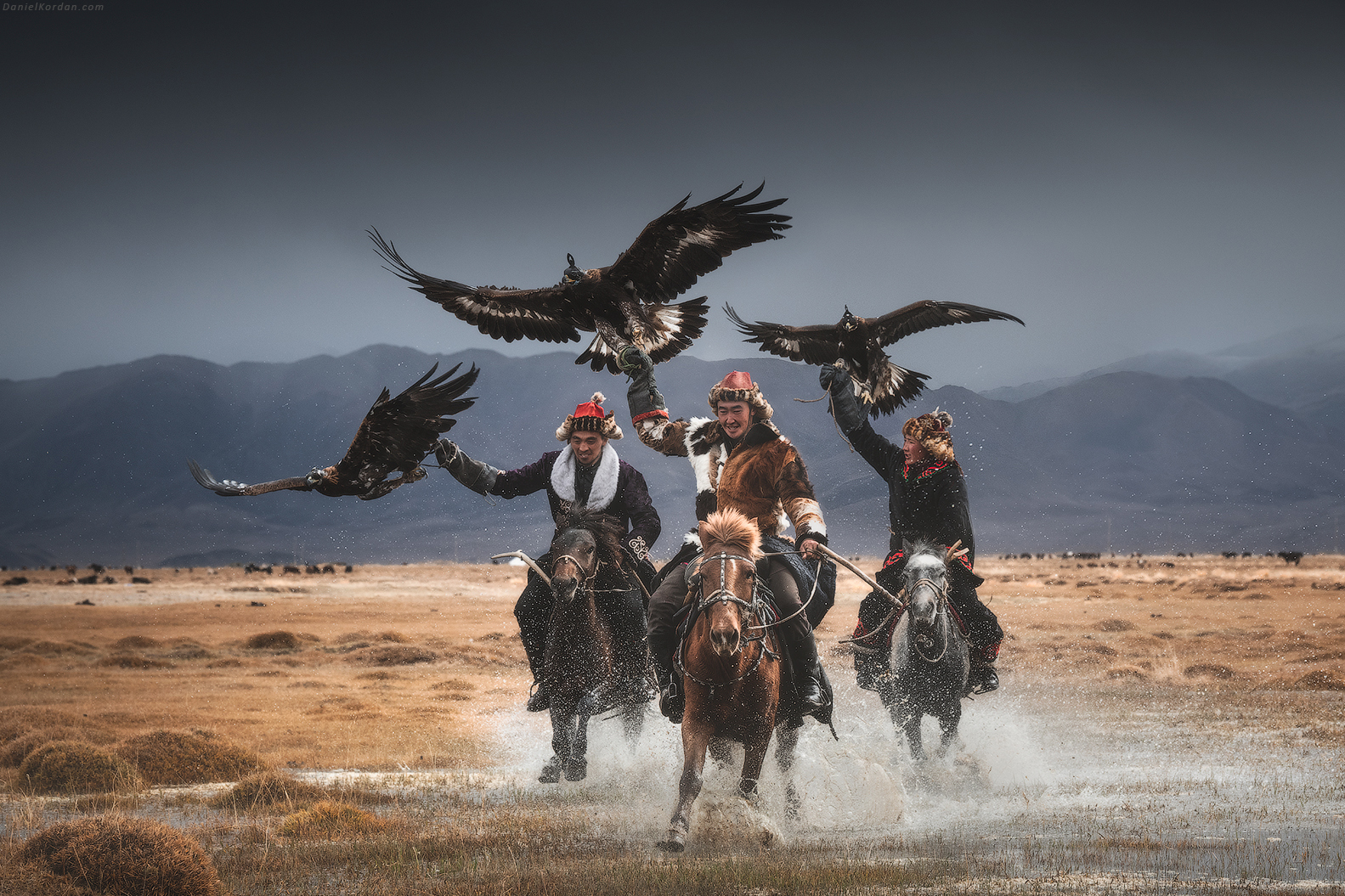 Kazakh Eagle Hunters of Western Mongolia. 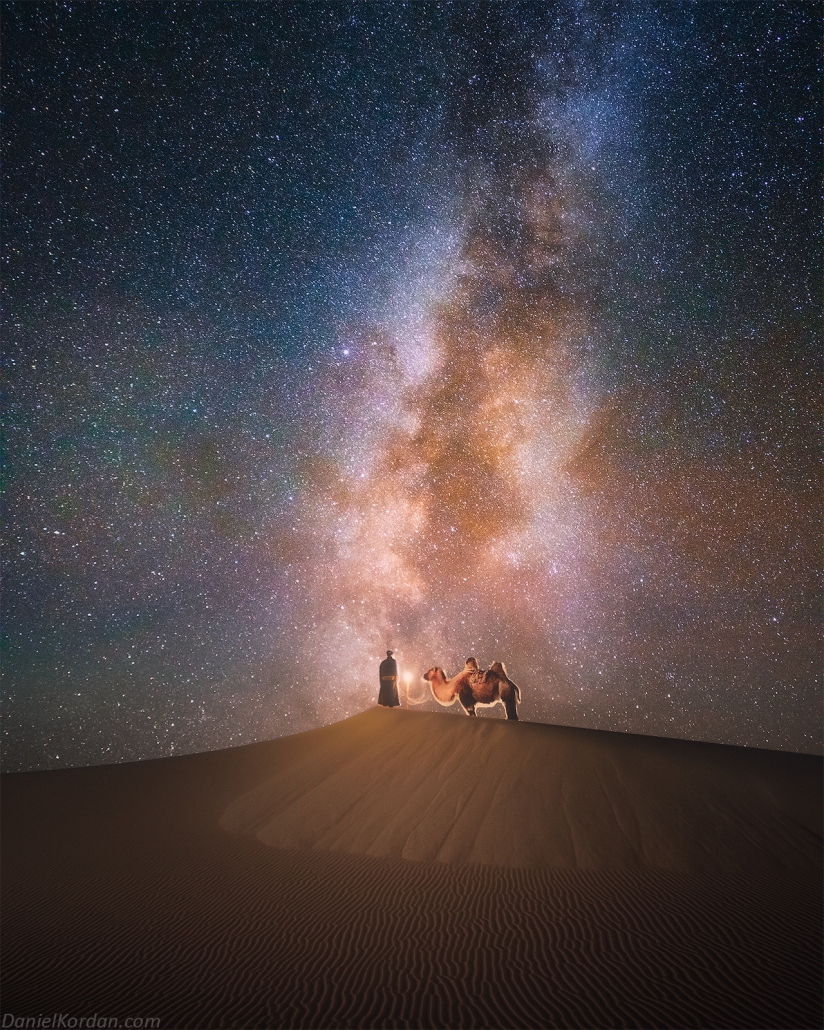 Khökh Tengri, Camel and the good ol' Gobi desert. 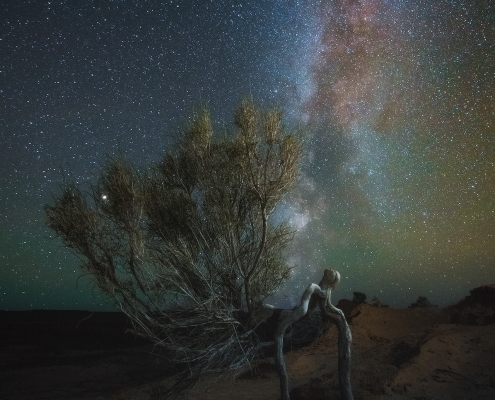 Night time at Khongor. 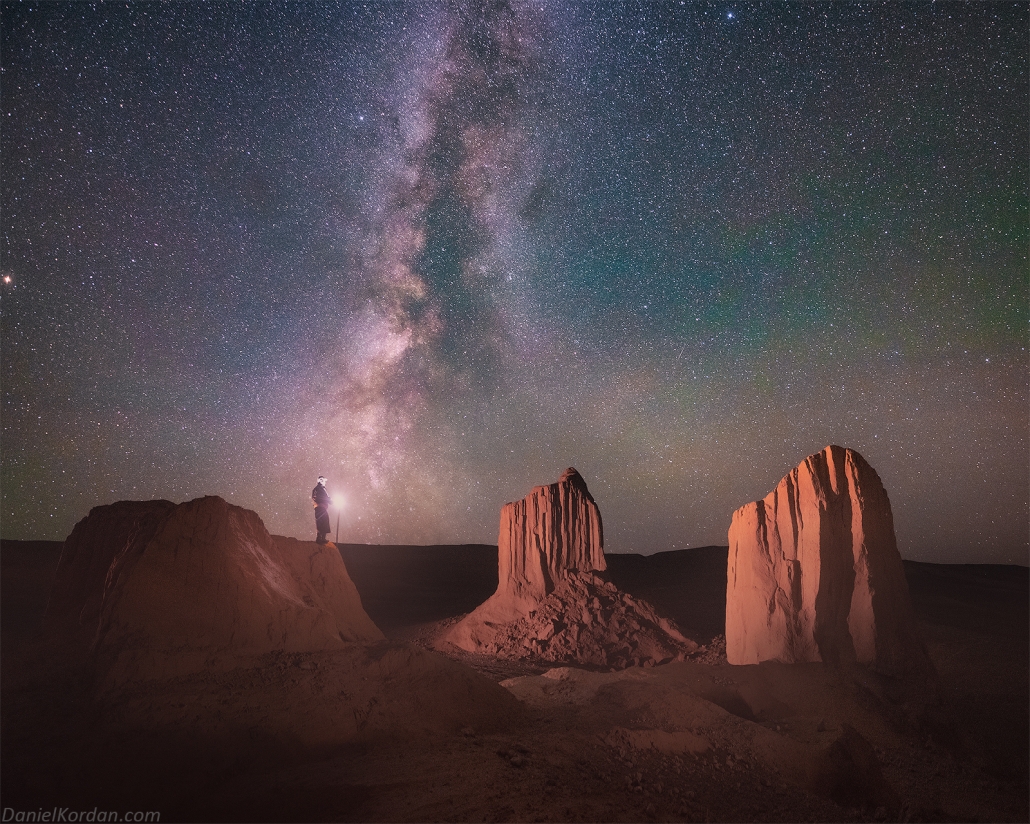 Bayanzag (Flaming cliffs) |
|
|
|
Post by Von K on Dec 2, 2019 18:22:58 GMT -5
Some great photos at this site (not just of Mongolia, well worth checking out for a bit of inspiration): danielkordan.com/portfolio-item/mongolia-2019/ Kazakh Eagle Hunters of Western Mongolia.  Khökh Tengri, Camel and the good ol' Gobi desert.  Night time at Khongor.  Bayanzag (Flaming cliffs) Astounding imagery there Hun! |
|
Deleted
Deleted Member
Posts: 0
|
Post by Deleted on Dec 3, 2019 0:24:21 GMT -5
Here's a trailer (with subs, thankfully) for an Arab Historical TV series called Mamalek al-Nar (Kingdoms of Fire). This series relates the events leading to the Ottoman conquest of Mamluk Egypt by Selim the Grim. Looks interesting. Mamalek al-Nar (Kingdoms of Fire) trailer.Here's a link to the wiki page: en.wikipedia.org/wiki/Kingdoms_of_Fire |
|
Deleted
Deleted Member
Posts: 0
|
Post by Deleted on Dec 11, 2019 2:45:26 GMT -5
The Khazars.The Khazars were a powerful Turkic tribe ruling the steppes of southern Russia and present day Ukraine. The mystery of the Khazars has fascinated scholars for centuries and conspiracy theorists (Try to google Khazars and you'll see what I mean, a search on youtube is even more disturbing) over the last Century. The Khazars probably, gradually gained their independence from the Türk Empire in the mid-7th century. They halted the Islamic advance through the Caucasian Mountains and established ties with the Byzantine Empire. Under the rule of Bulan the Khazars converted to Judaism in 740 AD, scholars tend to disagree about the date of the conversion, it may have been a century later. Scholars also disagree about the the depth of the Khazar conversion, whether it was only the elite that converted to Judaism, or the entire the Khazar nation. The Rus and the Pechenegs formed an alliance and crushed the Khazars in the 960's. Here's a map of the Khazar Empire.  en.wikipedia.org/wiki/Khazars en.wikipedia.org/wiki/Khazars An interesting video on the little known Khazar Kaghanate of the southern Russian steppes. Khazars: History of the Jewish Turkic Nomads |
|
|
|
Post by deuce on Dec 15, 2019 0:55:58 GMT -5
|
|
Deleted
Deleted Member
Posts: 0
|
Post by Deleted on Dec 19, 2019 0:26:41 GMT -5
Gilded Scythian sword found on Mount Mamai in Zaporizhzhia Oblast
 Gold-plated akinakes (Scythian dagger/short sword) with a leaf-ribbed grip, a cross-guard and a scabbard for the blade tip An intact grave of a Scythian warrior was the main find of the 2019 season at the excavation site at Mount Mamai burial grounds in Zaporizhzhia Oblast. Gold-plated akinakes (Scythian dagger/short sword) with a leaf-ribbed grip, a cross-guard and a scabbard for the blade tip An intact grave of a Scythian warrior was the main find of the 2019 season at the excavation site at Mount Mamai burial grounds in Zaporizhzhia Oblast.
In July-August, during excavations and exploration of a small mound on Mount Mamai, archaeologists came across a trench with remains of animal bones and small fragments of amphorae. These constitute clear signs of a mourning celebration characteristic of the Scythians and other ancient cultures. Further excavation revealed two graves – a larger central burial pit and a smaller one. At first, the archeological team decided to clear the smaller one. It took almost three days. Further excavation revealed two graves – a larger central burial pit and a smaller one. At first, the archeological team decided to clear the smaller one. It took almost three days.
While dusting and cleaning the contours of the pit, the archaeologists came across a rare gray clay amphora.
In the pit lay a skeleton, which, as later revealed by anthropologists, belonged to a young man aged 18-20 years.
|
|
Deleted
Deleted Member
Posts: 0
|
Post by Deleted on Dec 19, 2019 0:31:01 GMT -5
Gilded Scythian sword found on Mount Mamai in Zaporizhzhia Oblast, part 2 In total, more than 700 burial sites have been found during excavations at Mamai Hora. 400 are Scythian. Nearby, close to Znamenka, 1162 burial sites dating back to the Middle Ages were excavated at Mamai-Surka burial grounds.Judging by the objects lying nearby, he was a Scythian* warrior and horseman. The archeologists also discovered an iron axe, bronze and bone arrows, and bridle buckles. The most interesting artifact is a gold-plated akinakes (Scythian dagger/short sword) with a leaf-ribbed grip, a cross-guard and a scabbard for the blade tip. In total, more than 700 burial sites have been found during excavations at Mamai Hora. 400 are Scythian. Nearby, close to Znamenka, 1162 burial sites dating back to the Middle Ages were excavated at Mamai-Surka burial grounds.Judging by the objects lying nearby, he was a Scythian* warrior and horseman. The archeologists also discovered an iron axe, bronze and bone arrows, and bridle buckles. The most interesting artifact is a gold-plated akinakes (Scythian dagger/short sword) with a leaf-ribbed grip, a cross-guard and a scabbard for the blade tip.
(*The Scythian were a nomadic Indo-European people, of Eastern European origin occupying a geological band from the Eastern Europe through to the grasslands above China; they shared a common artistic, cultural, & economic base-Ed)
Not only had the young warrior been buried together with his weapons, but also with some ornaments; the archeological team found beads made of glass paste, a red deer tooth necklace, a gold earring and a gold pendant with chalk inlay.
“This grave was adjacent to another, much larger tomb, which had been looted some time ago. We found an arrow tip and bone fragments. An elderly man had been buried here. It’s quite possible that this 18-20-year-old warrior could have been escorting a prominent leader.” say the archeologists.
Not only is the dig important because of its ancient treasures and weapons, but it also brings more specific information on the dating of Scythian findings in Mount Mamai area. Experts date this burial site further back in time – from the 6th century B.C., whereas previous Scythian findings were dated from the 4th-3rd century B.C.
NOTE:
Mamai Hora (Mount Mamai) is the most important multi-complex burial mound in the Northern Black Sea region, as well as one of the largest ancient burial sites in Europe. It is located on the left bank of the Khakhovka Reservoir near the village of Velyka Znamianka in Kamianets-Dniprovsky Raion, Zaporizhzhia Oblast. Archeological teams have discovered an impressive array of artefacts dating back to the Neolithic period, Bronze Age, Early Iron Age, Middle Ages, in other words, regional history spanning about 8,000 years.
It is possible that the original footprint of the site was substantially larger, but has been reduced considerably due to the loss of more than 300 metres of shoreline after the Kakhovka Reservoir was created.
Unfortunately, the shoreline continues to slide into the reservoir. Over the past 30 years, nearly 400 metres have dropped into the water. Scientists say that it is impossible to stop this process. Therefore, since 1988, archeological teams from the Faculty of History of Zaporizhzhia National University have been continuously carrying out digs and salvage work on the site.
|
|
Deleted
Deleted Member
Posts: 0
|
Post by Deleted on Dec 19, 2019 0:39:06 GMT -5
|
|
|
|
Post by Char-Vell on Dec 19, 2019 5:13:13 GMT -5
|
|
Deleted
Deleted Member
Posts: 0
|
Post by Deleted on Dec 21, 2019 2:50:26 GMT -5
Tomb of the Silver DragonsArkhangai, Mongolia By ERIC A. POWELL January/February 2020  (Ren Xiao) Gilded silver dragon figuresIn north-central Mongolia, archaeologists have unearthed two lavish tombs built for nobles of the Xiongnu Empire. A nomadic people who dominated the eastern Eurasian steppes from the third century B.C. to the first century A.D., the Xiongnu frequently waged war against China’s Han Dynasty (206 B.C.– A.D. 220). To defend against these incursions, the Han built fortifications that eventually became part of the Great Wall. Both of the Xiongnu tombs, which were excavated by a team from Ulaanbaatar University and the Henan Provincial Institute of Cultural Heritage and Archaeology, contained sumptuous grave goods. In the larger tomb, researchers found wooden boxes that held silver rings, jade belt hooks, and a pair of gilded silver dragons that may once have served as handles on a vessel. The smaller tomb contained the remains of a man buried with a horse-drawn carriage, 15 horse heads, and 19 silver equestrian ornaments, each depicting a unicorn deity. The team also recovered part of a jade-decorated sword from this grave, the first to be found in a Xiongnu tomb. (Ren Xiao) Gilded silver dragon figuresIn north-central Mongolia, archaeologists have unearthed two lavish tombs built for nobles of the Xiongnu Empire. A nomadic people who dominated the eastern Eurasian steppes from the third century B.C. to the first century A.D., the Xiongnu frequently waged war against China’s Han Dynasty (206 B.C.– A.D. 220). To defend against these incursions, the Han built fortifications that eventually became part of the Great Wall. Both of the Xiongnu tombs, which were excavated by a team from Ulaanbaatar University and the Henan Provincial Institute of Cultural Heritage and Archaeology, contained sumptuous grave goods. In the larger tomb, researchers found wooden boxes that held silver rings, jade belt hooks, and a pair of gilded silver dragons that may once have served as handles on a vessel. The smaller tomb contained the remains of a man buried with a horse-drawn carriage, 15 horse heads, and 19 silver equestrian ornaments, each depicting a unicorn deity. The team also recovered part of a jade-decorated sword from this grave, the first to be found in a Xiongnu tomb.
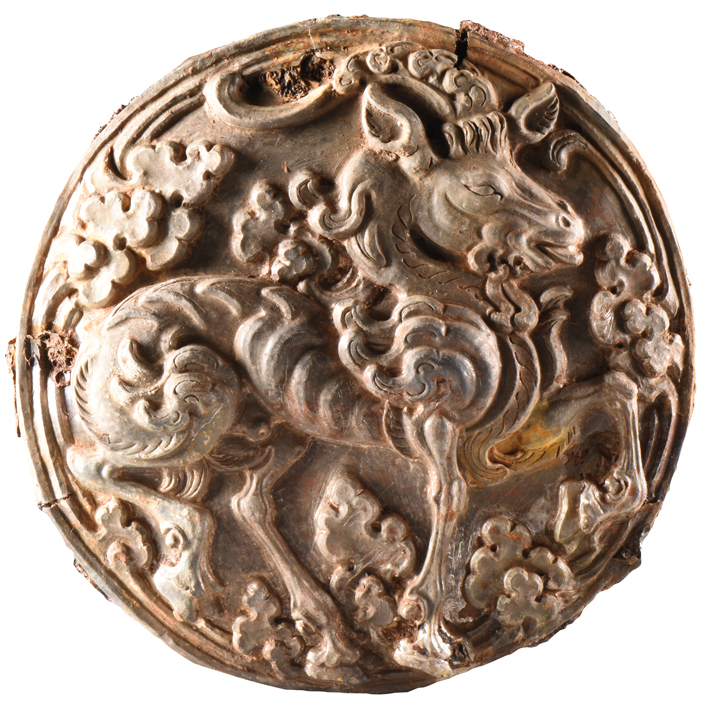 (Nie Fan) Unicorn equestrian ornament (Nie Fan) Unicorn equestrian ornamentSource: www.archaeology.org/issues/364-2001/features/8248-mongolia-xiongnu-tomb
|
|
Deleted
Deleted Member
Posts: 0
|
Post by Deleted on Dec 24, 2019 1:33:04 GMT -5
|
|
Deleted
Deleted Member
Posts: 0
|
Post by Deleted on Dec 26, 2019 2:42:09 GMT -5
The Yukhagir of Siberia The Yukhagir live mainly in the Sakha (Yakutia) republic and the Magadan Oblast in Siberia, Russia (that is remote even by Siberian standards). They are reindeer herders with a population of 1,597 of which around 600 still speak the language of their Yukhagir ancestors - most speak Russian and Yakut. Below you'll find a map from good ol' wikipedia demonstrating the extent of Yukaghir languages in the 17th (hatched) and 20th (solid) centuries:  Wiki Link: en.wikipedia.org/wiki/Yukaghir_languagesen.wikipedia.org/wiki/Yukaghir_people
|
|